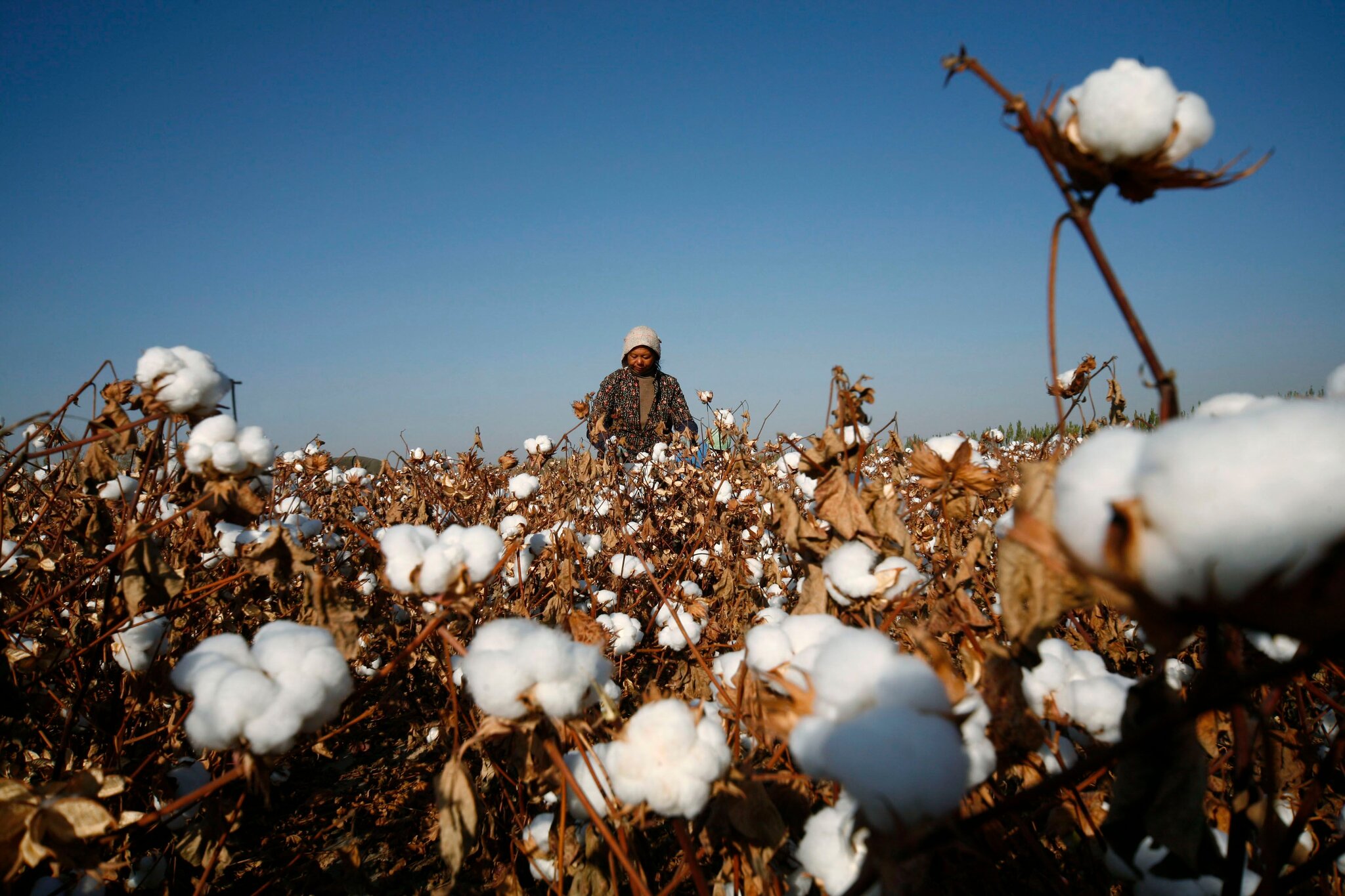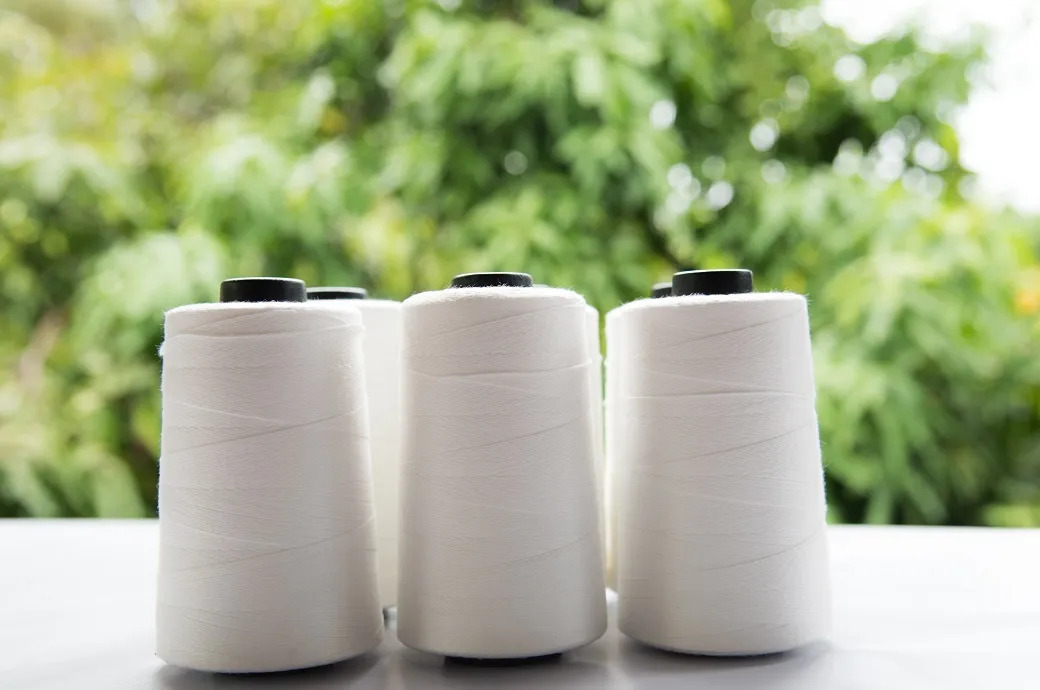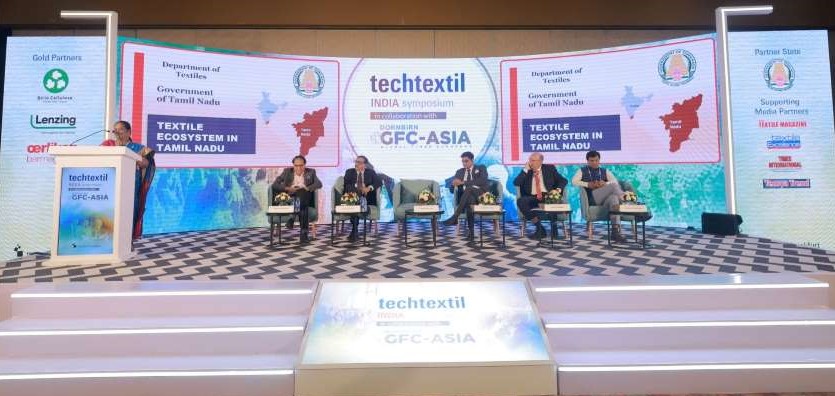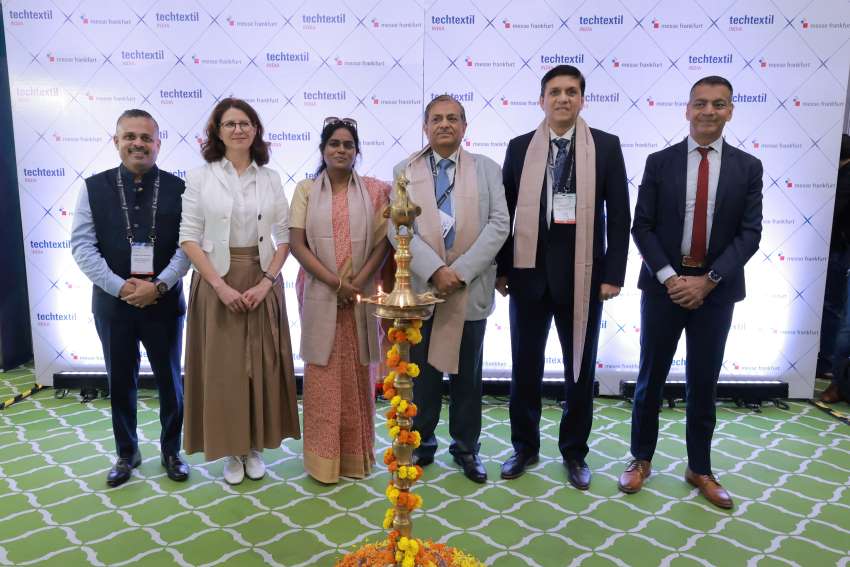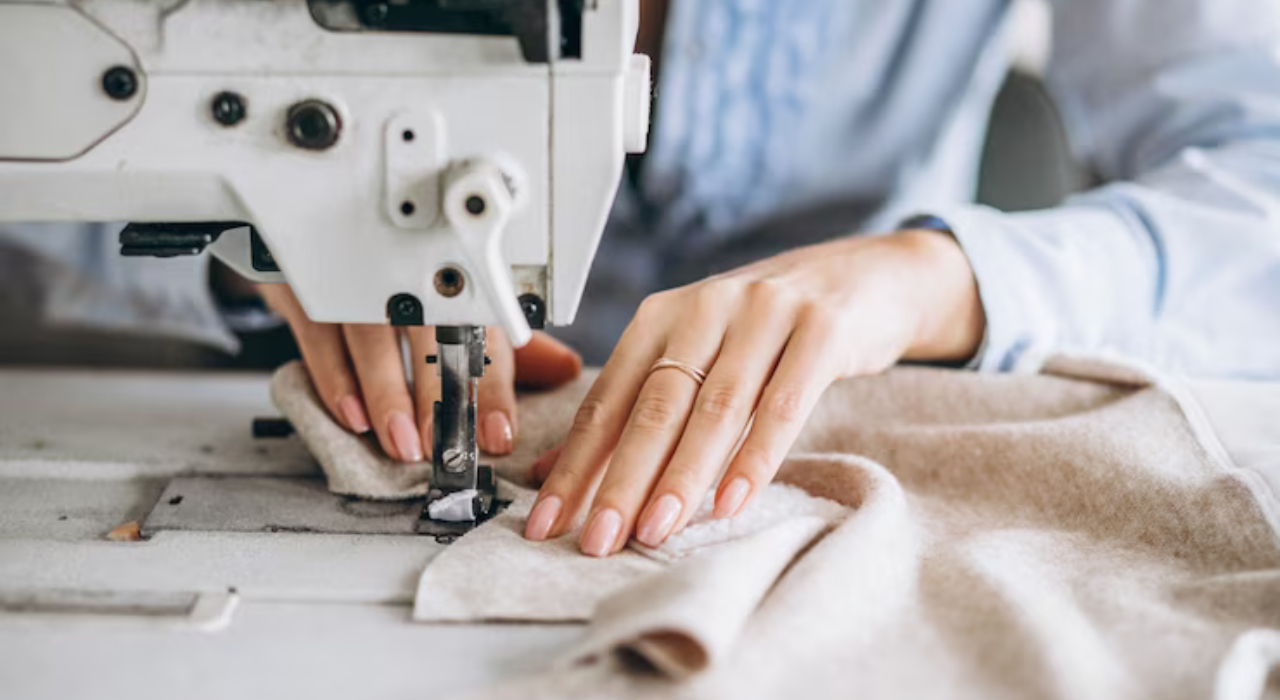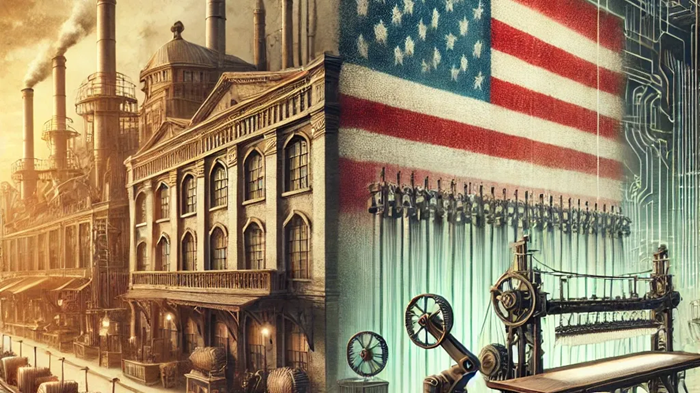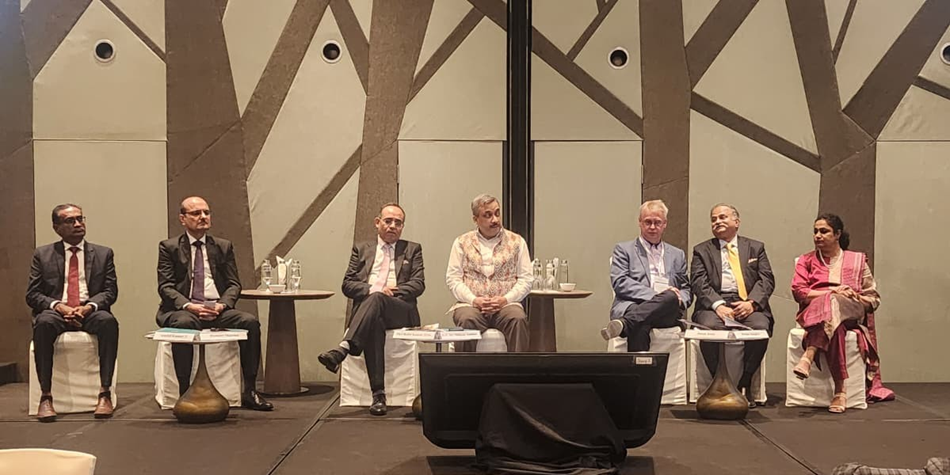FW
In 2015-16, the Indian sportswear market grew 22 per cent, outpacing the segment’s global increase of seven per cent. By 2020, it is expected to grow at 12 per cent CAGR. Nearly 80 per cent of India’s sportswear market is dominated by global brands like Adidas, Reebok, Nike and Puma, with others such as Under Armour, Fila and Lotto, domestic multi-brand sportswear retailers like Planet Sports and Royal Sporting House, and emerging local players, collectively battling for the remaining 20 per cent.
Between the Big Four, Adidas currently holds a 45 per cent market share, operating 760 stores through the franchise mode. Competitors like Puma and Nike also run their operations in the country through franchising — all of Nike's 200 outlets are licensed by local franchising partners.
Driven by the country's growing wealth, changing lifestyles, and rising urbanisation, an increasing amount of Indian consumers are becoming more health conscious. This makes the country’s sportswear sector increasingly attractive to a host of local and international brands. Over the years, a flood of local franchisees have got into business with aspirational sportswear brands, facilitating a rapid expansion of their presence throughout India.
Between 2015-16, sportswear in metro and Tier II and III cities grew close to 80 per cent. The footwear category grew 100 per cent for metro and Tier II cities and there’s also a strong demand from Tier III cities which grew over 110 per cent.
H&M’s January sales rose by eight per cent. It is targeting an annual local-currency sales growth of 10 to 15 per cent and expects to be within that range from this year on. The Swedish fashion retailer the world’s second-biggest clothing firm after Inditex, saw slow sales growth and a dip in profits last year, is branching out into more brands to reach more customers and investing heavily to speed up supply and improve its online range in response to tougher competition in its budget segment and from online-only players.
H&M had 4,380 stores as of end of January, up 11 per cent from a year ago. The company recently replaced a long-standing 10 to 15 per cent annual store growth target with a turnover target to reflect growing e-commerce.
The company plans to add e-commerce in 11 markets and open 425 net new stores this financial year. In 2017, H&M intends to open stores in four to five new markets, including Colombia, Iceland and Kazakhstan. Europe’s fashion retailers have been suffering lately from an unseasonably warm end to summer and a lack of compelling fashion trends. Business conditions are close to a recession. Price competition in the industry is escalating.
Global textile and yarn makers see Bangladesh as a potential market. Though fabrics and yarn are being locally made, Bangladesh still needs to import a good quantity to meet the growing demand. In Bangladesh, local spinners meet over 90 per cent of the demand for raw materials of the knitwear sector and over 40 per cent demand of the woven sector.
The demand for specialised textiles like linen is very high in Bangladesh, which is quite capable of supplying fabrics in bulk to garment makers. Chinese companies see Bangladesh as their future market as China has been losing market share in the global apparel business. Some of them plan to open offices in Bangladesh since the fabrics and yarn market in Bangladesh is growing due to higher demand from customers. Bangladesh is a good market for them as demand for fabrics is rising from garment makers.
There is a huge demand for linen products in Bangladesh and millions of yards of fabric need to be produced in a year. Bangladesh’s apparel exports to the US, its single largest destination, declined 1.96 per cent year-on-year in 2016 due to the volatile US economy and the recent presidential election. Exports to the UK and some other European markets also fell last year.
"Cotton Council International is refocusing resources to heavily target partnerships and promotions directly with global mills, manufacturers, brands and retailers, highlighting US-grown cotton as the world’s ‘preferred fibre.' In October 2015, Atherley became the executive director of Cotton Council International, the wing of the US cotton industry charged with promoting US cotton fibre and manufactured cotton products around the world, a big task considering more than three-quarters of US-grown cotton ends up overseas, and that’s a trend not soon to change."
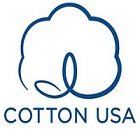
Cotton Council International is refocusing resources to heavily target partnerships and promotions directly with global mills, manufacturers, brands and retailers, highlighting US-grown cotton as the world’s ‘preferred fibre.' In October 2015, Atherley became the executive director of Cotton Council International, the wing of the US cotton industry charged with promoting US cotton fibre and manufactured cotton products around the world, a big task considering more than three-quarters of US-grown cotton ends up overseas, and that’s a trend not soon to change.
Reducing contamination
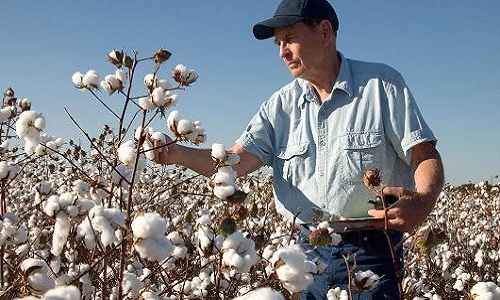
Since being on the job, Atherley has travelled to major mills across the globe, and says US cotton is considered the best in the world. He has heard from some mills that contamination in US cotton is becoming a problem, particularly plastic trash coming from round bale wraps. The US industry knows about this problem, and in the past few years, it has initiated awareness campaigns to let farmers and others handlers along the cotton supply chain know what they can do to reduce contamination. It is a work in progress, but one that needs to improve sooner rather than later. According to him, US cotton receives a premium over other countries’ cotton and if they do not address our contamination issues, that premium could decrease.
The goalpost
There are three goals going forward: Increase volume, or export of US cotton; increasing the US share in the global supply chain, which is about a 35 per cent share now and continue to secure premium prices for US cotton. Planning for the new mission began last year January, he said, with the ambition of comfortably getting to 20 million bales of US cotton production by 2026, which would require about a 1.5 per cent annual growth rate in global demand. But with a dramatic increase in US cotton exports, which are running 60 per cent more this year than last, the 20-million-bale goal possibly could be achieved by 2020.
To accomplish these goals, farmers’ prime strategy should be to differentiate and brand US cotton. The Cotton USA brand was first introduced in 1989, and has since been used on hangtags, labels and points-of-purchase around the world and on 51,000 product lines, but it had never been tested very well to measure its worth.
CCI tested the brand in the US, India and China and got positive responses that show consumers do value the brand and, it was more importantly determined from the tests, people would pay more for a product that included Cotton USA fiber, he said.
"Peter Dornier founded the ‘Lindauer DORNIER GmbH’ (LiDO) in 1950 and led the company successfully for several decades. He was not only at home in the world of textile machines but also in the world of aircraft construction – as an exceptional design engineer and entrepreneur who was far ahead of his times."

Peter Dornier founded the ‘Lindauer DORNIER GmbH’ (LiDO) in 1950 and led the company successfully for several decades. He was not only at home in the world of textile machines but also in the world of aircraft construction – as an exceptional design engineer and entrepreneur who was far ahead of his times.
The rise of Dornier

Dornier company was left with nothing at the end of World War-II. Destroyed or confiscated machinery and factories as well being forbidden to be involved in aircraft construction prevented any industrial activities. Claude Dornier was placed under house arrest by the French troops. Despite the difficult times, Peter Dornier proved his skills as entrepreneur: He founded an engineering firm in 1946 and started research on wind power plants. To ease the severe housing shortage and to bring as many employees from his father’s company back to work and livelihoods, he planned building transportable prefabricated cabins made of aluminum, so-called ‘Wohnzeuge’ (livingcrafts) instead of aircrafts. Due to a shortage of capital, the production was too expensive. Unfortunately, his plan failed. Peter Dornier had to discard his idea.
In 1949 Peter Dornier took over the previously occupied factory in Rickenbach, Germany, after it was released. He founded the ‘Lindauer DORNIER GmbH’ in July the following year; 14 people started working there. A decisive change in the production program resulted from a meeting with the director of the textile company Erba in Wangen, Germany, who asked him to construct shuttle looms for his factory: The start signal for the production of weaving machines that has remained an important mainstay until this day. Already at that time, Peter Dornier designed a completely enclosed weaving loom as can be seen in notes in his sketchbooks. His idea: air-condition each single weaving loom to save energy as well as to collect and dispose of the dust created that soiled the fabric. The machine housing was designed to reduce the then unbearable noise in the shuttle loom weaving mills. This concept was revolutionary at that time but unfortunately too expensive. Such developments first went into series production several decades later.
Innovations to stay ahead
At the start of the 60s, a time when weaving loom production was running at full load, Peter Dornier recognised that a new era was evolving with the introduction of shutteless weaving machines. In a detailed study, he considered his ideas for a new machine concept. He designed multiple widths weaving machine with the drive positioned in the center between the four cloth widths. Peter Dornier considered using air, water, a rapier or a projectile as possible aid for transporting the filling yarn on such shuttleless weaving machine. However, he decided not to realise this complex concept but to build a rapier weaving machine instead which took off successfully at the end of the Sixties. Peter Dornier had created an extremely flexible weaving machine where the solid construction allowed producing, above all, technical fabrics and therefore opened up the imperative structural transformation of the textile industry towards technical textiles.
In 1950, Peter Dornier got to know Hans Haubold. The latter had produced textile finishing machines in Chemnitz, Germany, before the war. They soon agreed that DORNIER should construct these machines under license. The high quality and economic efficiency of the DORNIER textile dryer was soon well-known. Other manufacturers outside of textile finishing also gained interest in the drying plants. The transfer from cellophane to oil-based packaging films that occurred five years later led to large chemical companies searching for a suitable technology. Peter Dornier, together with his employees from the textile dryers, was successful in developing those into film stretching lines, which are now the second, important mainstay of the Lindauer DORNIER GmbH.
Rapid progression
He intensified the development and created one of the most modern textile machine factories. All this secured the positive development of the Lindauer DORNIER GmbH and was the basis for the growth to the present size. Presently the family-owned company produces with approximately 1,000 employees weaving and specialty machines exclusively at two production sites in Germany.
Peter Dornier received many awards and honors. He set his own finest memorial when he created the Peter Dornier Foundation in 1985 which receives every year 10 per cent of the operative profit of the Lindauer DORNIER GmbH.
The US will host a conference on nonwovens from April 23 to 26, 2017. It will feature new developments in nonwoven technology. The conference provides a good mix of market information and technology. In addition to nonwovens there will be discussions on new trends in filtration.
Technical sessions will focus on many emerging topics such as cellulose nano fibers for nonwoven use, polyamide nano fibers for li-ion battery applications, hemp fibers for wipes, nonwoven cotton substrate for separating oil from oil-water mixture etc. Given the growth in smart textiles, a talk will focus on fiber device for energy harvesting.
The conference is organized by the Technical Association of Pulp and Paper Industry (TAPPI). TAPPI is a 100 year old professional association and provides a platform for nonwoven industry professionals to interact with peers and exchange technical information. A special feature of this nonwoven conference is that it is co-located with PaperCon, the premier pulp and paper conference of TAPPI. This gives an opportunity for nonwoven professionals to learn about allied fields.
Nonwovens are known as engineered fabrics. As compared to traditional woven and knitting technology, a larger volume of materials can be produced at a lower cost by using nonwoven technology.
US cotton growers may plant more cotton acres this spring. Reason: strong prices. Domestic plantings may hit 11 million acres this spring, an increase of 9.4 per cent, or 9,00,000 acres. For the past three years, US cotton producers have struggled with low cotton prices, high production costs, and the resulting financial hardships.
The Southeast could see a slight increase, up one tenth of a per cent. Alabama will see a 14 per cent increase. But the biggest cotton producing state in the region, Georgia, is projected to see a three per cent drop in plantings as farmers put more acres toward peanuts.
In the Mid-South, cotton could see a nearly 13 per cent increase overall. Mississippi leads the region with a boost of 27 per cent. Tennessee cotton is up 16 per cent. In the Southwest, growers intend to plant nearly eleven per cent more cotton acres. Texas is increasing its cotton plantings by 9.5 per cent. Kansas is up 45 per cent. Oklahoma cotton is up 30 per cent.
On the whole, the US is expected to generate 16.8 million bales of all-cotton. About 12.5 million of those bales will be headed to export markets. Reduced exports to China have been partially offset by increased exports to Vietnam, Bangladesh and Mexico.
Summer was the main focus at Milano Unica held from February 1 to 3. There was more than a touch of trans-seasonal designs among the offerings. Buying patterns were adjusting themselves to multiple market demands. For summer 2018 generally, there was more color, including bright red checks in accessories, and accent colors in weave, with texture in classics, though retaining the general feel.
Grey, brown and blue were once again the key colors, but there is a definite feeling for green and the more avant-garde pink, red, lilac and purple - all of which enhanced the lively, relaxed designs presented, which served to underline the fact that wool is a major summer fiber and team player.
Wool was mixed with linen for smart summer jackets, smooth navy blazers and double-face fabrics for unlined jackets were part of the significant layering trend for 2018. Added to these were summer tweeds and flannels, some with flashes of orange or red, not traditionally summer colors, perhaps, but looking bold and optimistic, as well as shades of green from lovat to olive. A touch of exoticism came from the trend area, with Italian destinations of beautiful landscape teamed with names from literature and folklore to create a context.
Orders for Italian textile machinery for the period October to December 2016 rose by five per cent compared to the same period for the previous year.
For the first nine months of 2016 there was a three per cent increase compared to the same period of 2015.
Domestic sales were up significantly, rising by fully 14 percent, confirming the vigour of the Italian market. In spite of far from brilliant export performance in the world's three major markets, China, Turkey and India, sales are nonetheless growing in Bangladesh and Pakistan, as well as in North America and Europe.
The outlook for 2017 appears to be dynamic, despite the current geopolitical uncertainties.
Italian textile machinery manufacturers comprise around 300 manufacturers, employing close to 12,000 people and producing machinery for an overall value of about euro 2.6 billion, with exports amounting to 86 per cent of total sales.
Italy is the world’s second largest producer of machinery for the textiles industry. In the production of machinery for tanning, and for the footwear and leather goods industry, Italy accounts for over 50 per cent of world production.
Italian manufacturers have for a while now focused on the sustainability of their products to meet a demand for technological solutions that effectively lower consumption and, as a consequence, production costs.
Carol L. Roberts and Benno Dorer have been elected directors of VF Corporation. Carol Roberts has a mix of experience across finance, HR, manufacturing and general management. She is a mechanical engineer. For 36 years she was with International Paper, where she held a number of leadership positions with increasing responsibility.
Benno Dorer led several well-known, global consumer brands. He is an economics graduate. He was with Clorox. For 14 years he was with Procter & Gamble, working in various marketing roles across a range of categories and countries.
VF Corporation is a global leader in branded lifestyle apparel, footwear and accessories. The corporation, based in the US, has two dozen or so major brands (including icons such as Vans, Kipling, Wrangler, Lee, The North Face and Timberland), a 60,000-plus staff and nearly 1000 contract factories producing over 1.3 million items a day across almost 50 countries.
As one of the pioneers of outsourced manufacturing, VF has policies designed to stamp out underage working, forced labor and similar abuses in supplier factories. VF takes a hands-on approach throughout the product cycle, from procuring the raw materials right through to providing customer service. Its effort at collecting data on key performance indicators is mostly geared toward internal improvements.

